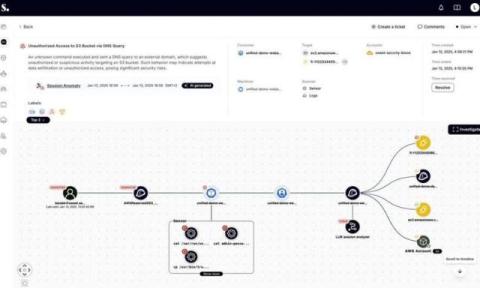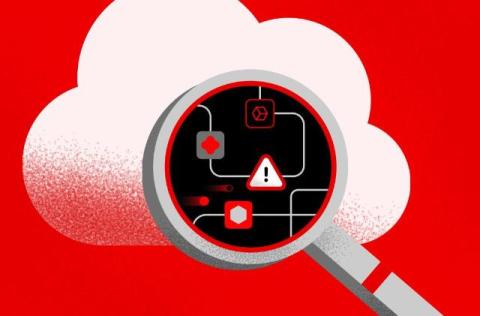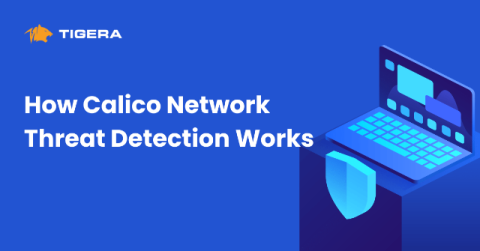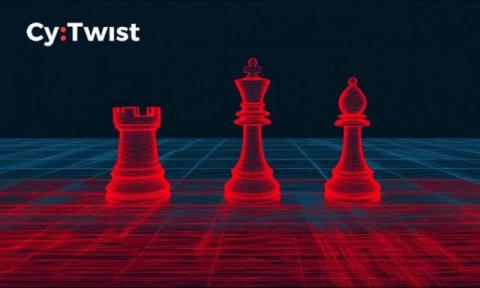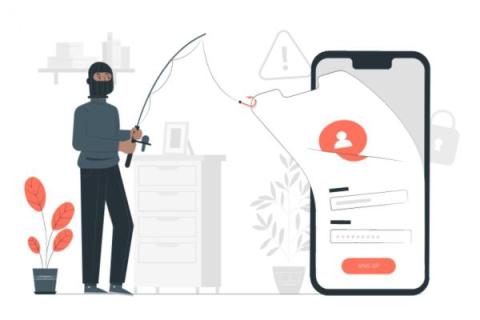Sweet Security Introduces Patent-Pending LLM-Powered Detection Engine, Reducing Cloud Detection Noise to 0.04%
Sweet Security, a leader in cloud runtime detection and response, today announced the launch of its groundbreaking patent-pending Large Language Model (LLM)-powered cloud detection engine. This innovation enhances Sweet's unified detection and response solution, enabling it to reduce cloud detection noise to an unprecedented 0.04%. Sweet uses advanced AI to help security teams navigate complex and dynamic environments with improved precision and confidence.


